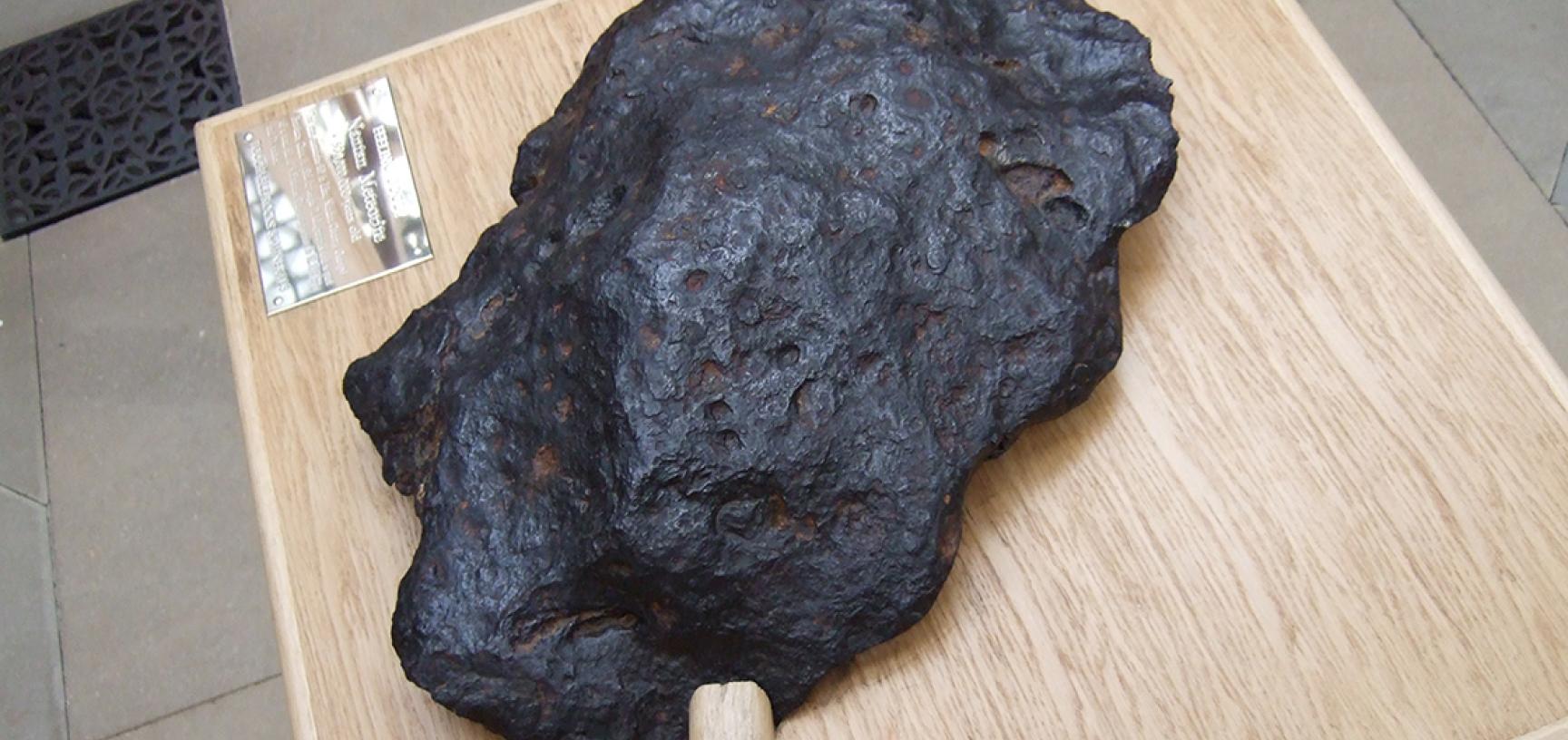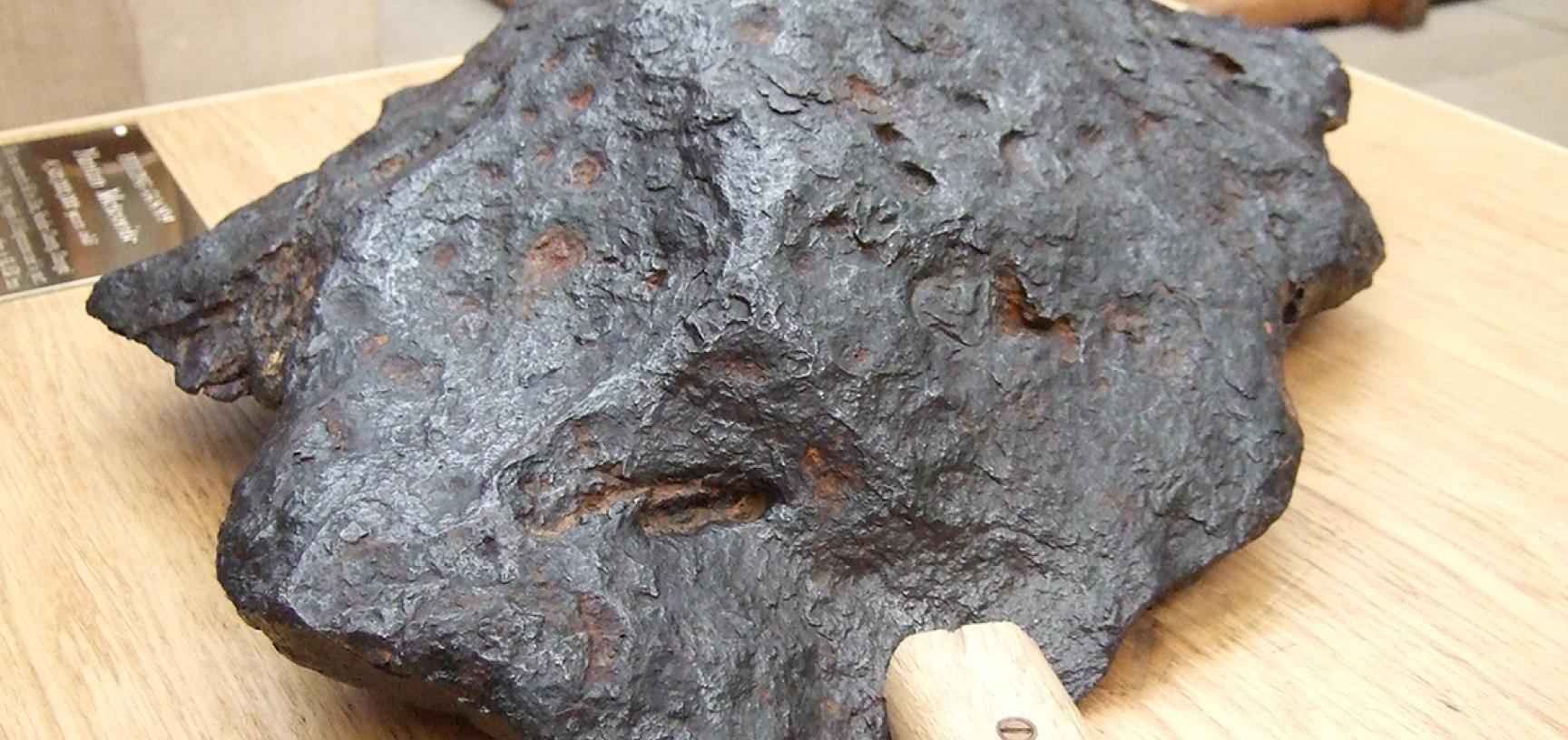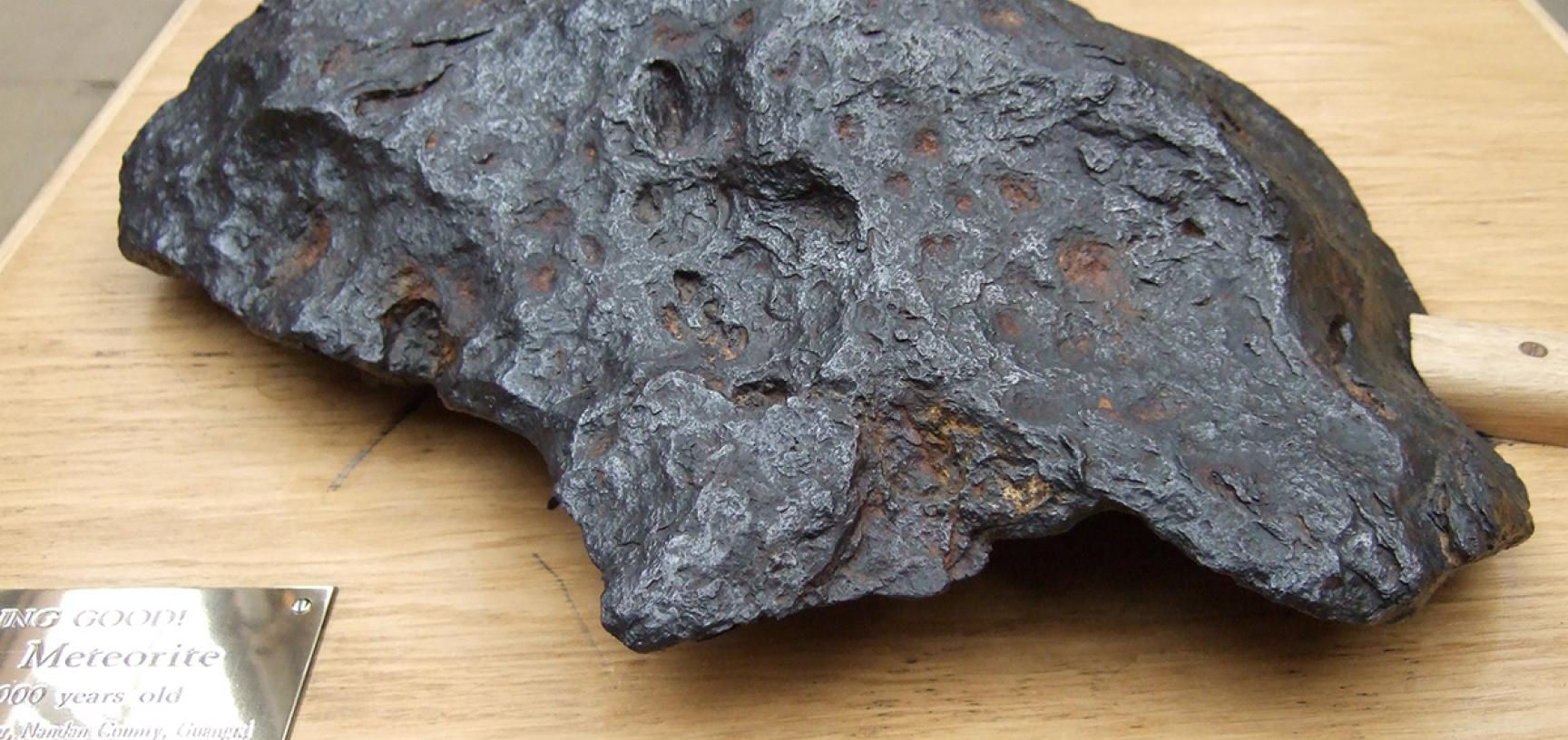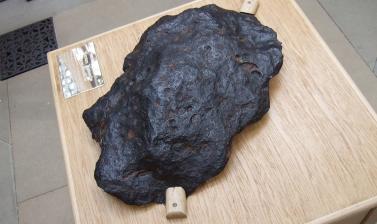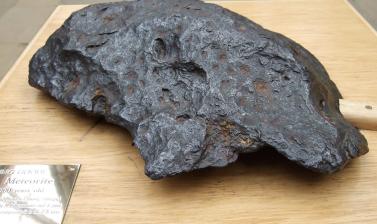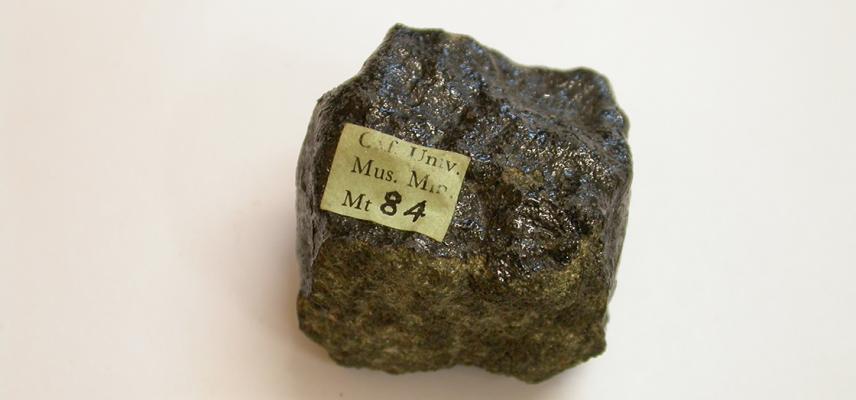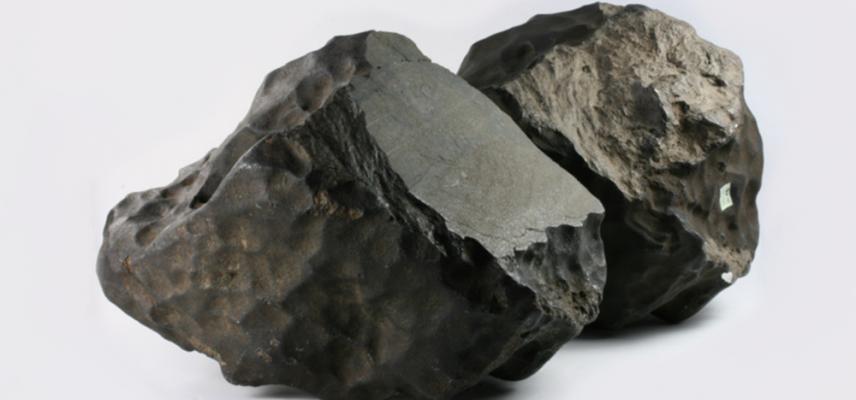Nantan meteorite
One of the oldest objects anywhere on Earth is on display in our Touchable Rocks and Minerals aisle. At about 4.5 billion years old, the Nantan meteorite is as ancient as the Earth itself.
This iron-nickel meteorite is easily one of the oldest specimens in the Museum's collection, and weighs over 71 kg. It is thought that the meteorite broke up as it fell to Earth in 1516, scattering debris over a wide area. This piece was not found until 1958 in Nantan County, Guangxi, China. The meteorite is made of an iron alloy, containing about 6% nickel.
It originates from the asteroid belt, a collection of rocky material that orbits the Sun between Mars and Jupiter. The asteroid belt contains billions of asteroids, some gigantic, others as small as a pebble.
What is a meteorite?
The Museum holds a small but significant collection of over 200 meteorites, some of which are on display in the main court.
Meteorites are extraterrestrial rocks that have come from space. Much of the material that enters the Earth's atmosphere is burned up and appears in the sky as a meteor or 'shooting star'. Meteorites are the material that survive this process, but often have a thin crust where the outer layer has melted.
Meteorites can be divided into groups based on their composition. The main division is into stony, stony-iron and iron meteorites. Stony meteorites are made of silicate minerals, just like most rocks on Earth, but can contain small amounts of metal (iron and nickel). When this metal makes up about half of the meteorite it becomes a stony-iron, and when it forms almost all of the meteorite, it is considered iron.
Learn more about other meteorites on display at the Museum



